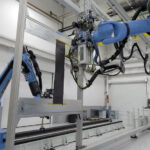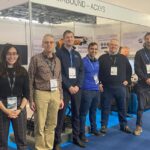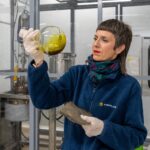The air mobility company Archer and Fiat Chrysler Automobiles (FCA) announced that they have signed a definitive agreement to allow Archer to benefit from access to FCA’s low-cost supply chain, advanced composite material capabilities, and engineering and design expertise.
Archer, headquartered in California, is creating the world’s first all-electric airline that carries people quickly, safely, sustainably, and cheaply to every city in the world. The new partnership will help speed up Archer’s timeline to become an industry leader in the new era of sustainable air mobility.
Archer will produce high-volume, composite, electric vertical take-off and landing (eVTOL) aircraft and it will do it in 2023. FCA has previously collaborated on the flight deck design elements of Archer’s first aircraft which will be shown in early 2021.
How electric “flying car” will be
The 100% electric aircraft will be able to cover distances of up to 60 miles at speeds of up to 150 mph and it will be a manned-aircraft with a pilot. In comparison with traditional planes that use jet engines or helicopters with a large spinning rotor, eVTOL aircraft use electric motors to power rotating wings or smaller rotors. In this way, vertical takeoffs and landings occur.
Doug Ostermann, Fiat Chrysler’s head of global business development statement
“Electrification within the transportation sector whether on roads or in the air is the future and with any new and rapidly developing technology, scale is important. Our partnership with Archer has mutual benefits and will enable innovative, environmentally-friendly transportation solutions to be brought to market at an accelerated pace.”
Partnership with a global powerhouse company
Through this announced collaboration, the companies will work together to significantly reduce manufacturing costs. Furthermore, FCA will enable Archer to mass manufacture.
According to Archer co-founders and co-CEOs Brett Adcock and Adam Goldstein, it is likely that by the end of the year will be presented a demonstrator aircraft.
 |
Subscribe now to our quarterly Compositi newsletter
|
Source: AlfaVirtualClub















